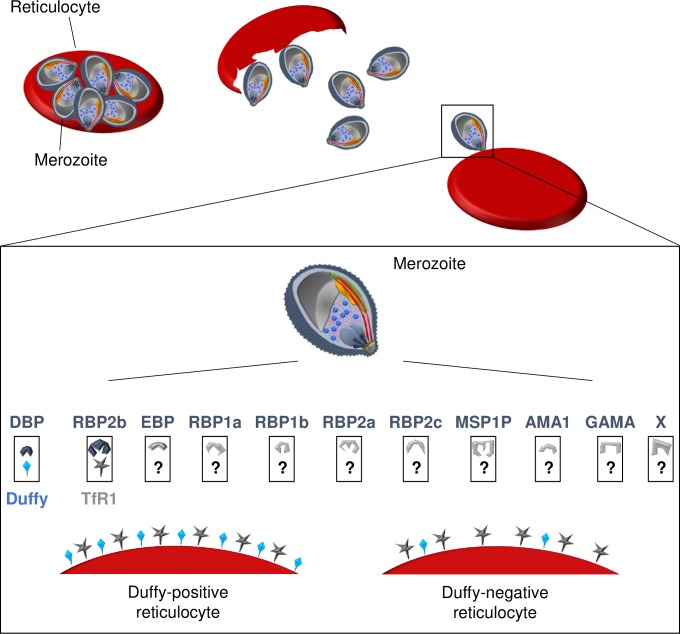Fig 1. Schematic representation of receptor-ligands involved in P. vivax invasion process of reticulocytes.
At the end of the erythrocytic cycle, the schizonts burst and release merozoites in the blood stream, enabling the invasion of uninfected reticulocytes. The recognition of reticulocytes and the invasion process require interactions between parasite ligands and reticulocyte receptors. For Duffy-positive reticulocyte invasion, PvRBP2b binds first to the TfR1 present on reticulocytes, and subsequently, PvDBP engages with the Duffy protein allowing the entry of the merozoite in the cell. Other ligands such as PvEBP, PvRBPs, PvMSP1P, PvAMA1, or PvGAMA are currently being investigated for their involvement in this invasion process, and their putative receptors are unknown. PvRBP2b probably also recognizes TfR1 of Duffy-negative reticulocytes; however, the subsequent invasion steps are still unknown. Are there a few Duffy molecules present on the surface of the erythrocyte enabling parasites with multiple PvDBP gene copies to invade the cell? Conversely, is the invasion process of Duffy-negative reticulocytes occurring through alternate, yet-to-identity receptors of, perhaps, ligands such as PvEBP, PvMSP1P, or PvGAMA? Finally, the invasion process might occur through complete unknown pathways with both unidentified ligands (noted with X) and receptors. AMA1, anchored micronemal antigen 1; DBP, Duffy binding protein; EBP, erythrocyte-binding protein; GAMA, glycosylphosphatidylinositol-anchored micronemal antigen; MSP1P, merozoite surface protein-1 paralog; Pv, Plasmodium vivax; RBP, reticulocyte binding proteins; TfR1, transferrin receptor 1.

